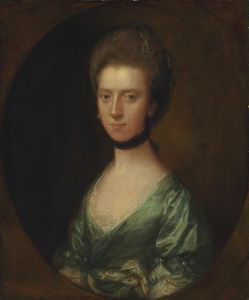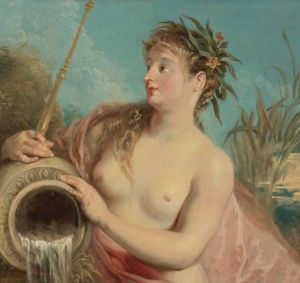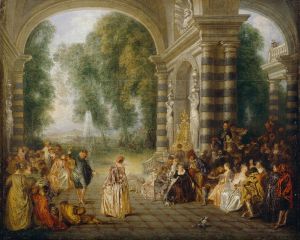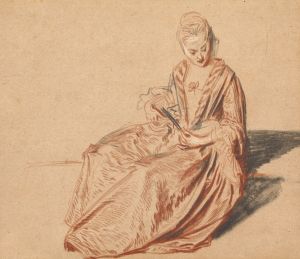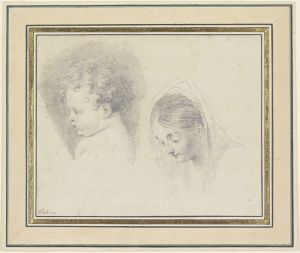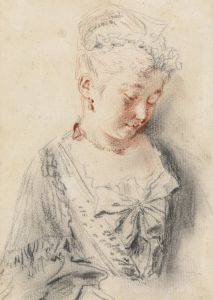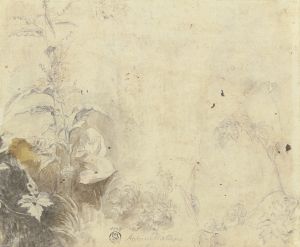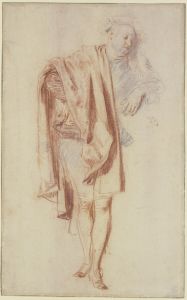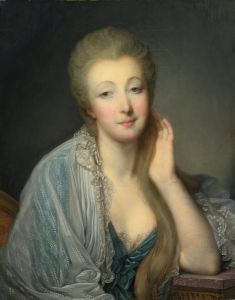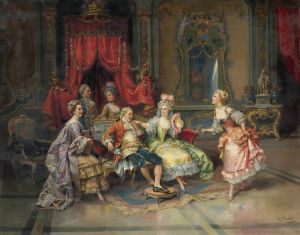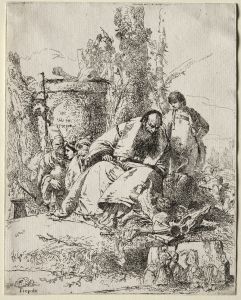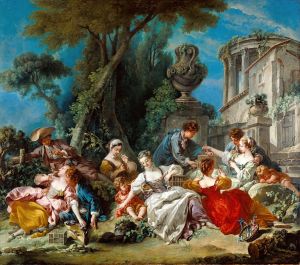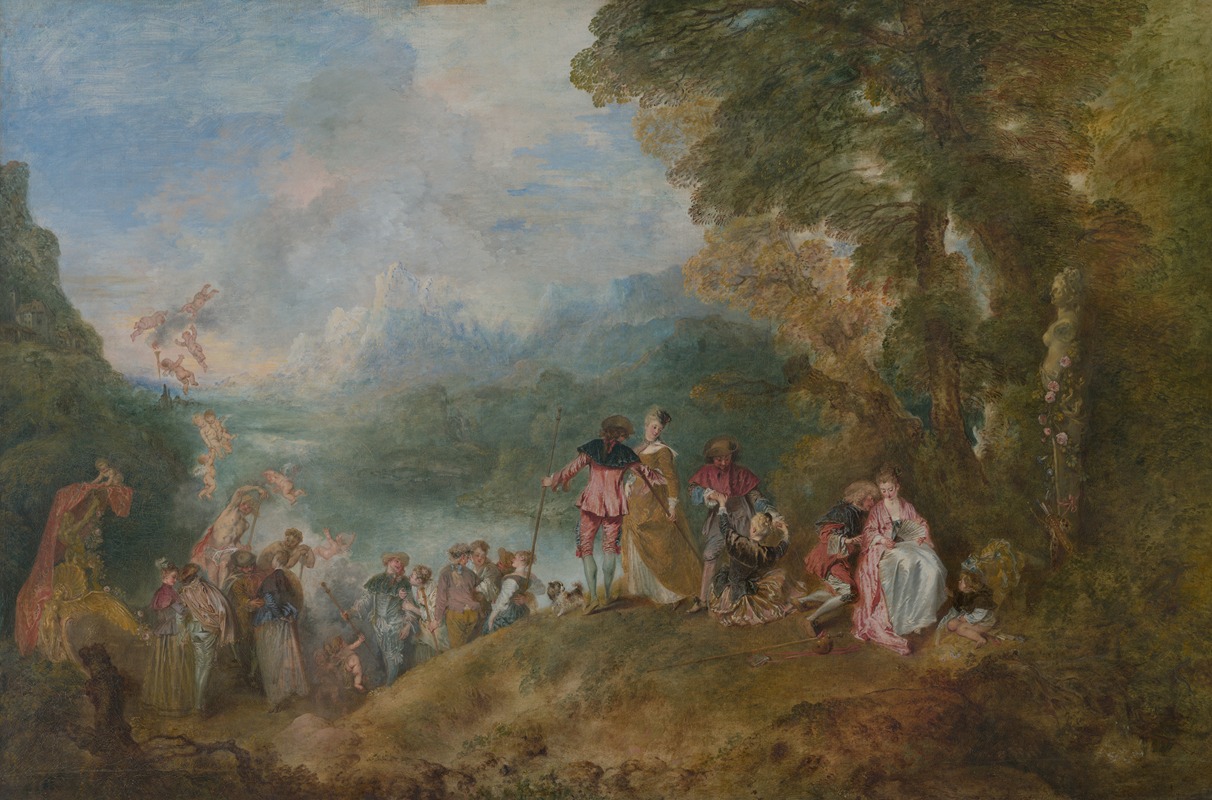
L’Embarquement pour Cythere
A hand-painted replica of Jean-Antoine Watteau’s masterpiece L’Embarquement pour Cythere, meticulously crafted by professional artists to capture the true essence of the original. Each piece is created with museum-quality canvas and rare mineral pigments, carefully painted by experienced artists with delicate brushstrokes and rich, layered colors to perfectly recreate the texture of the original artwork. Unlike machine-printed reproductions, this hand-painted version brings the painting to life, infused with the artist’s emotions and skill in every stroke. Whether for personal collection or home decoration, it instantly elevates the artistic atmosphere of any space.
L’Embarquement pour Cythère (The Embarkation for Cythera) is a celebrated painting by the French Rococo artist Jean-Antoine Watteau. Created in 1717, it is widely regarded as one of Watteau's masterpieces and a defining work of the Rococo style. The painting was submitted as Watteau's reception piece to the Académie Royale de Peinture et de Sculpture, securing his admission to the prestigious institution. It is currently housed in the Louvre Museum in Paris.
The artwork depicts a group of elegantly dressed figures preparing to depart for, or possibly returning from, the mythical island of Cythera, which was associated with Venus, the goddess of love. The scene is imbued with a sense of romance, leisure, and gentle melancholy, characteristic of Watteau's work. The figures are arranged in a lush, idyllic landscape, surrounded by soft, atmospheric light and delicate foliage. The composition is dynamic yet harmonious, with the figures engaging in subtle gestures and interactions that suggest themes of love and fleeting moments of happiness.
Watteau's innovative approach to this painting lies in its subject matter and execution. The work is often associated with the genre of "fête galante," a term coined by the Académie to describe Watteau's unique style, which blended elements of classical mythology with scenes of aristocratic leisure. This genre became a hallmark of the Rococo movement, emphasizing elegance, intimacy, and the pleasures of life.
The painting exists in two main versions. The original version, created for Watteau's reception into the Académie, is now in the Louvre. A second version, slightly different in composition and details, is housed in the Charlottenburg Palace in Berlin. Both versions showcase Watteau's mastery of color, light, and texture, as well as his ability to convey complex emotions through subtle visual cues.
L’Embarquement pour Cythère reflects the cultural and artistic trends of early 18th-century France, a period marked by the transition from the grandeur of the Baroque to the lighter, more playful Rococo style. Watteau's work had a profound influence on subsequent generations of artists, and his legacy endures as a key figure in the history of European art.
The painting remains an enduring symbol of the Rococo era, celebrated for its poetic charm and technical brilliance.





